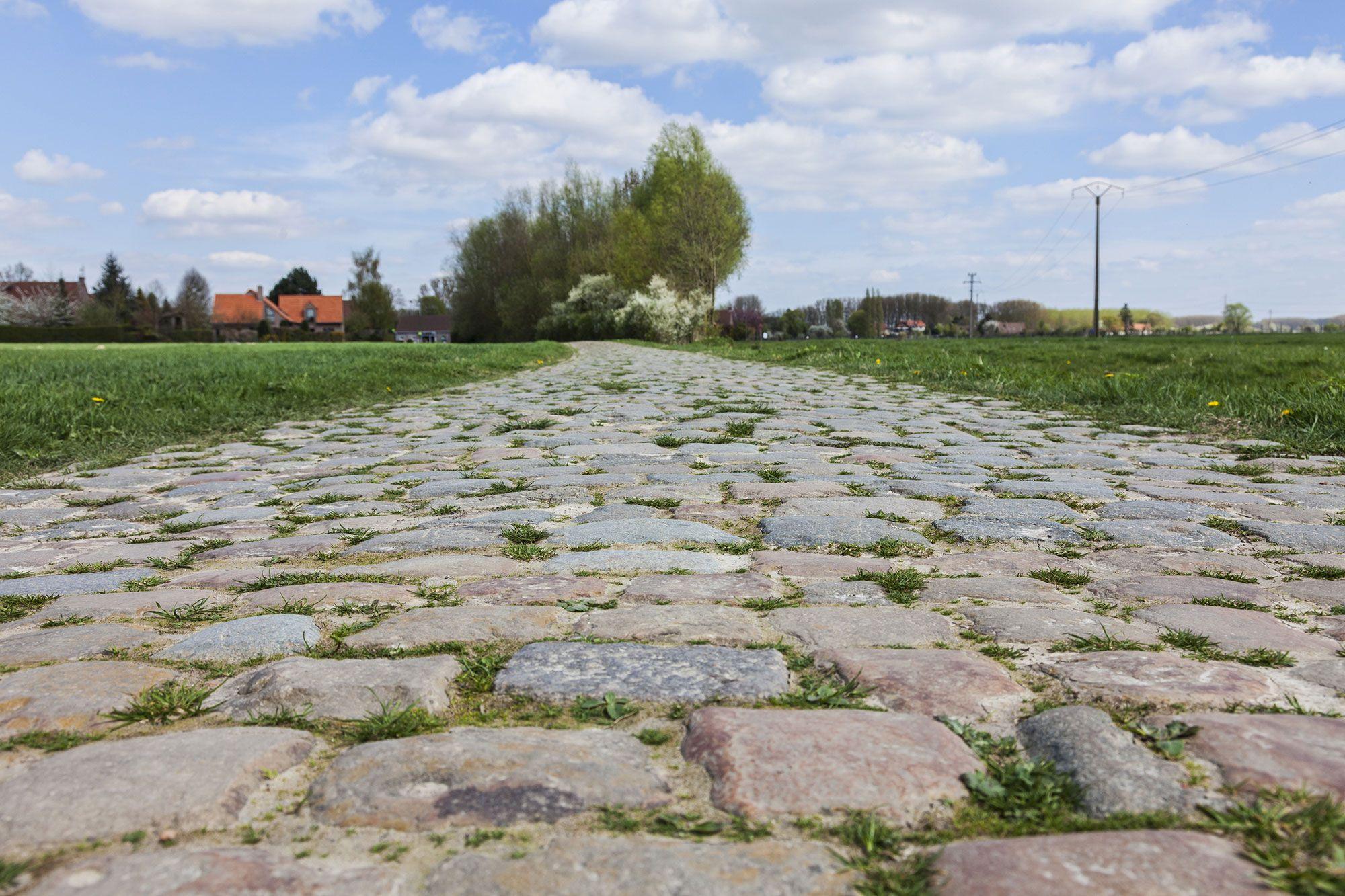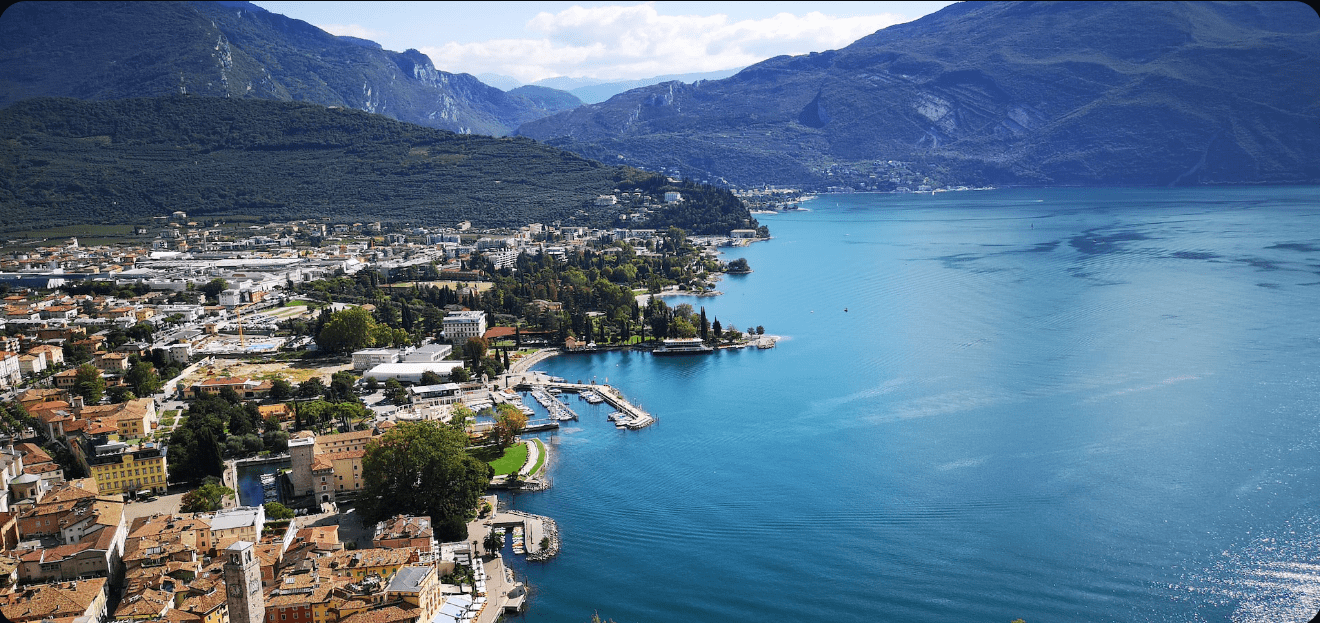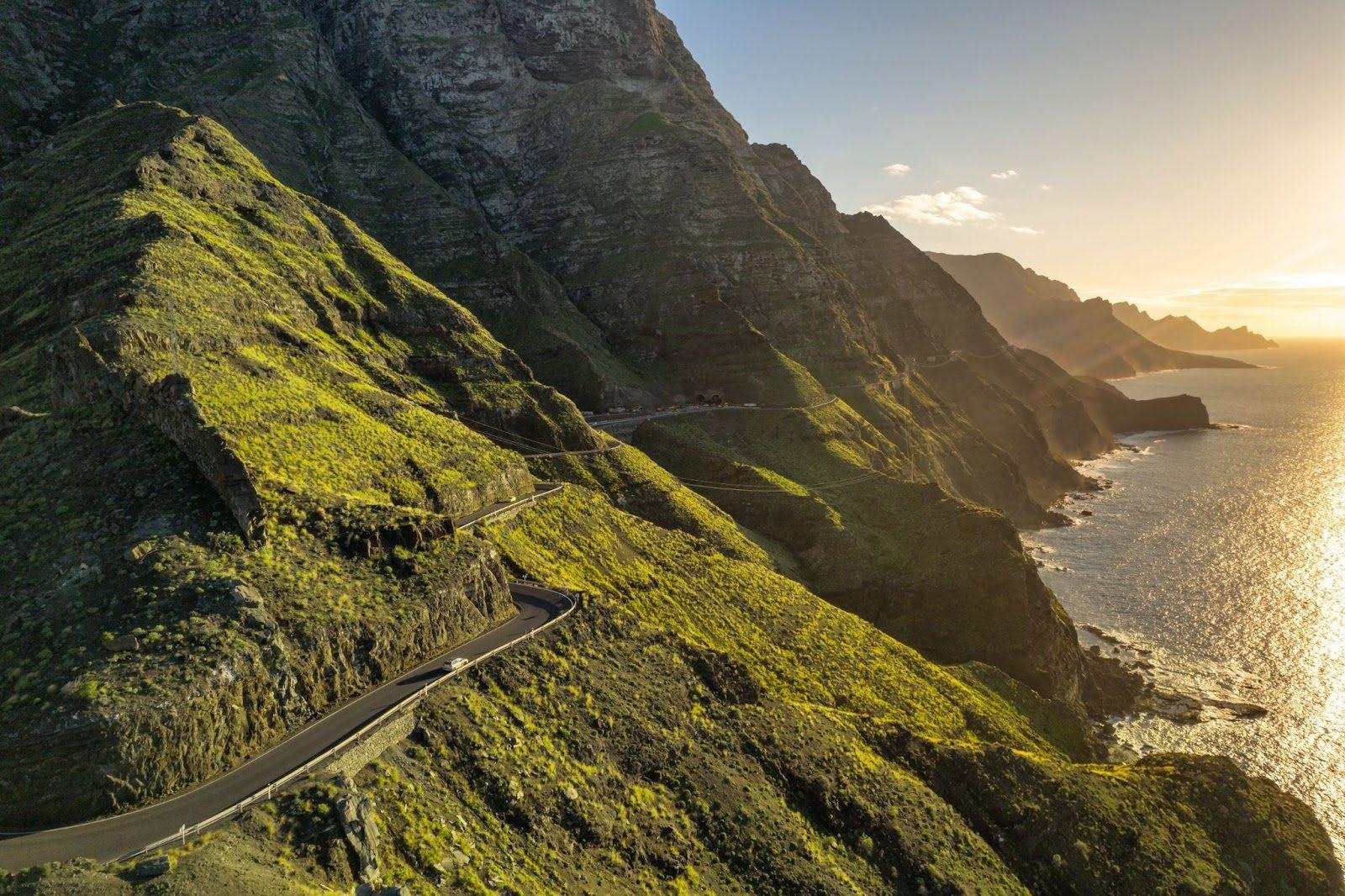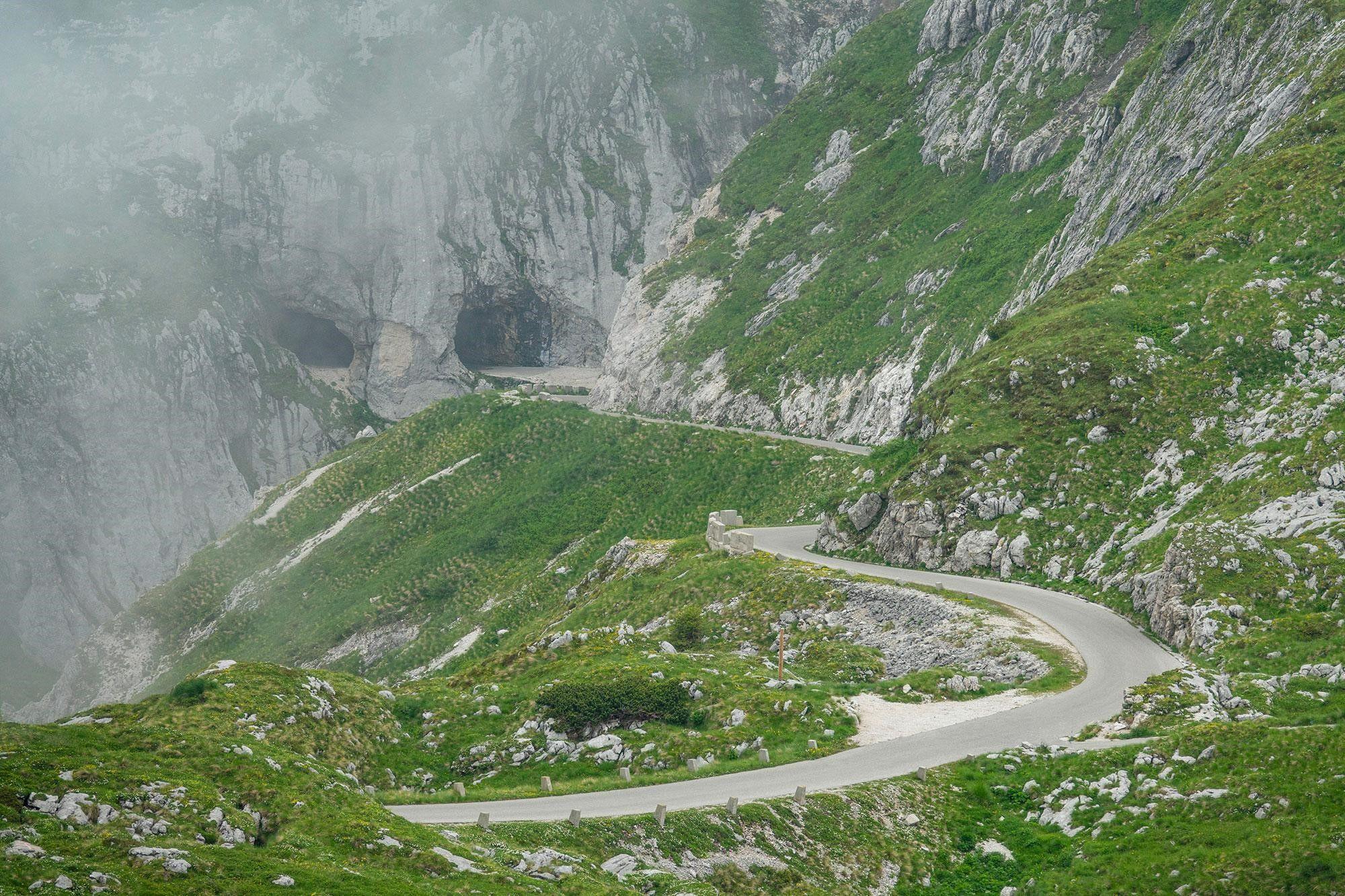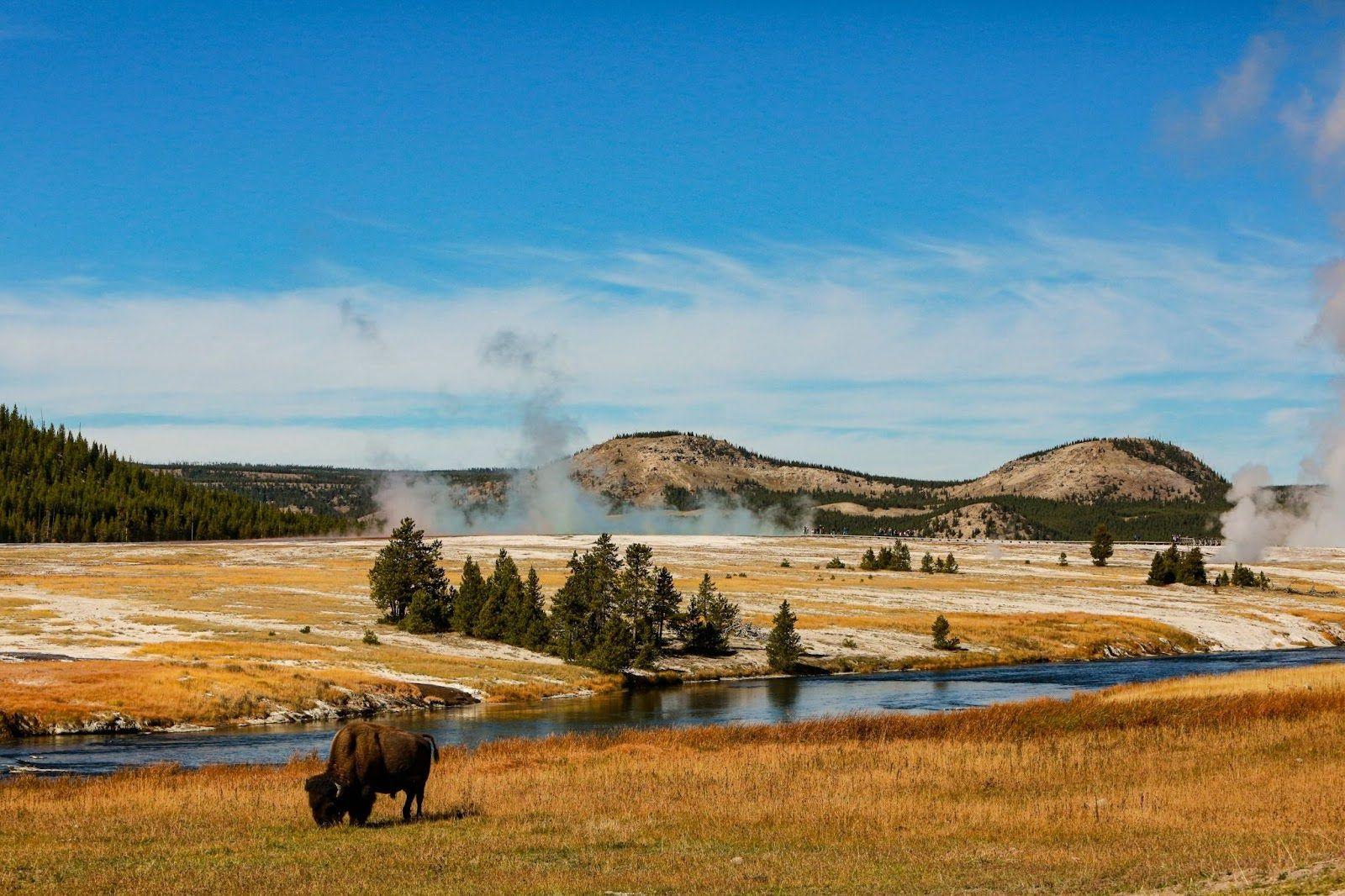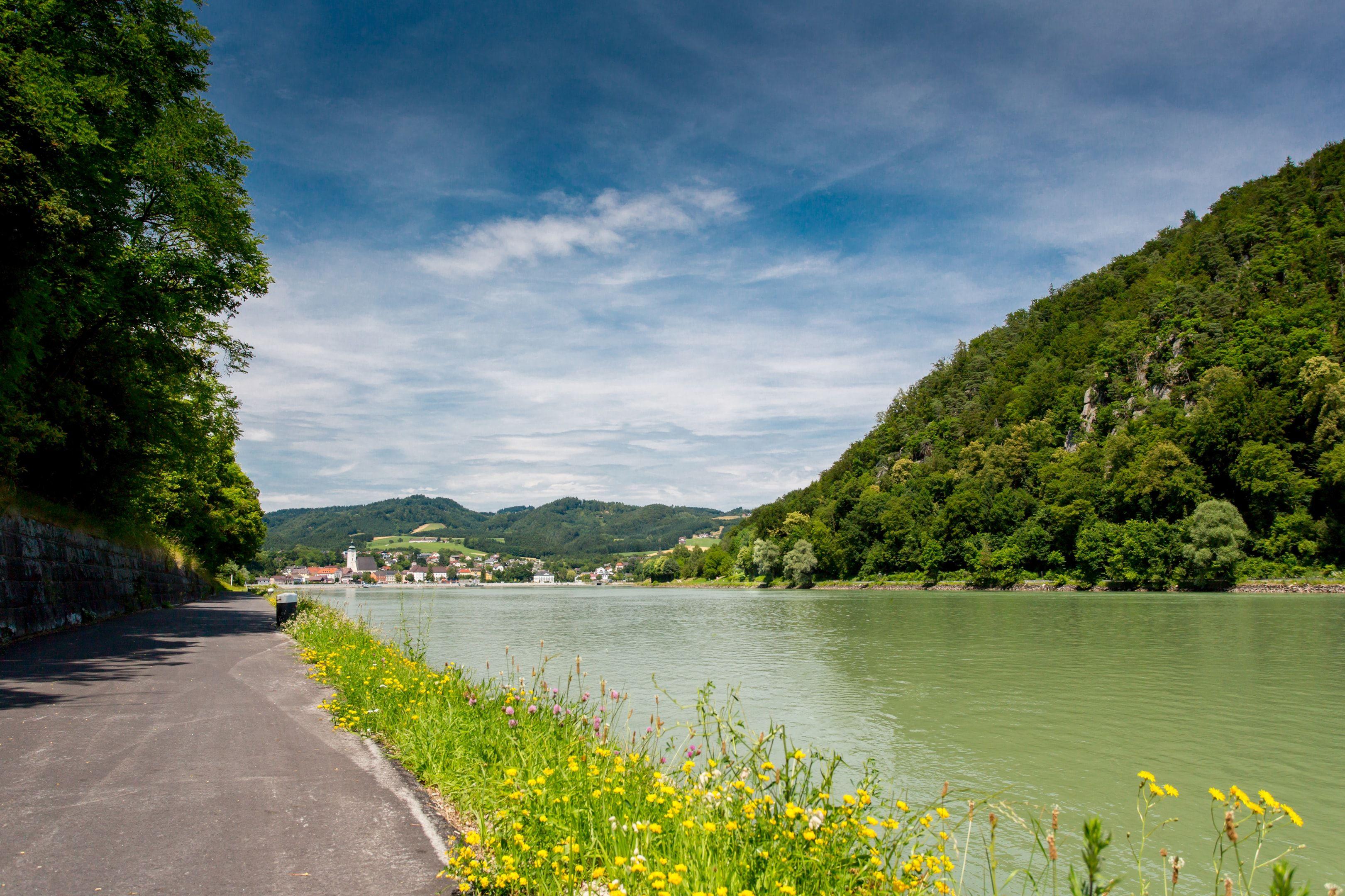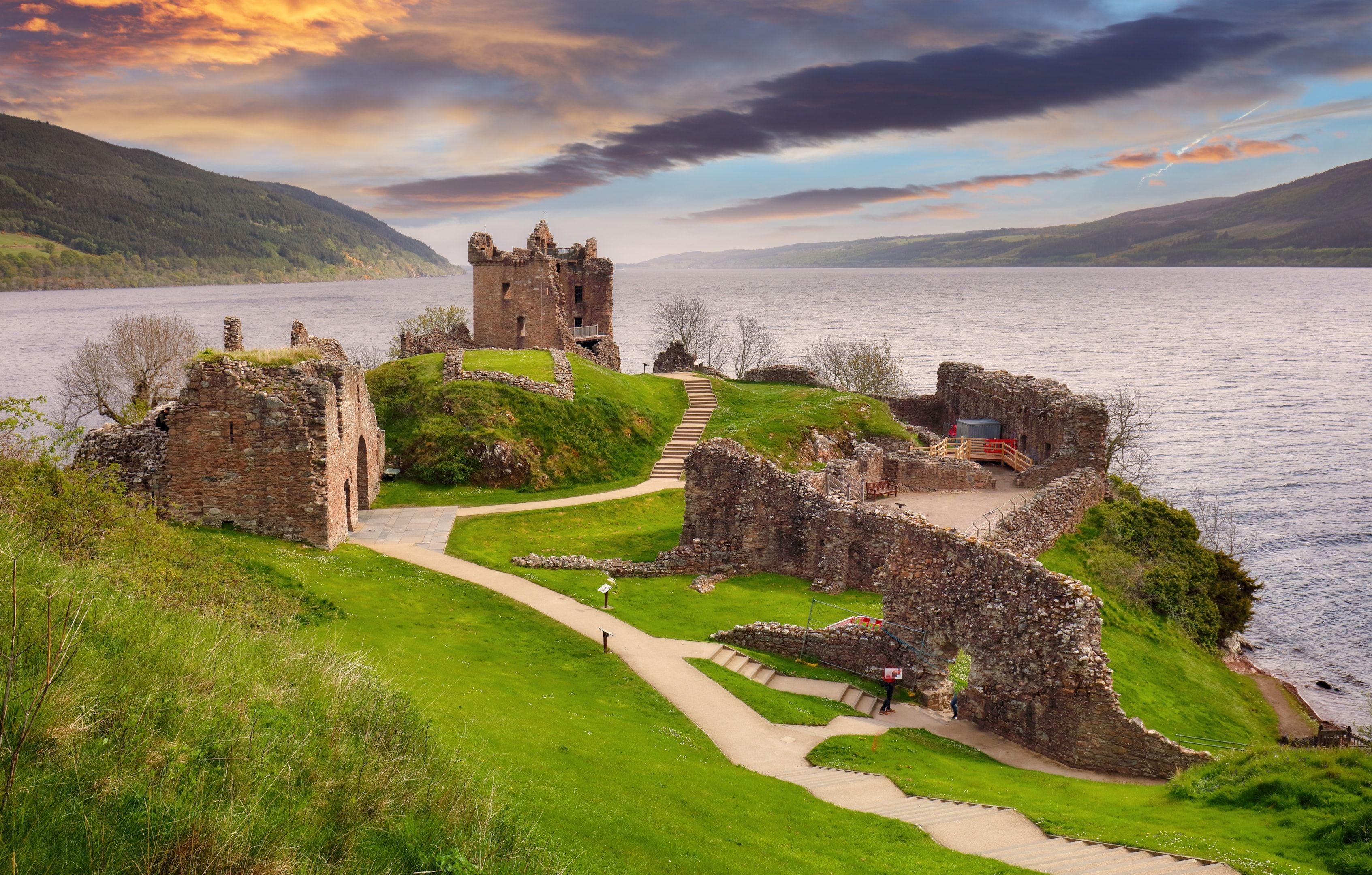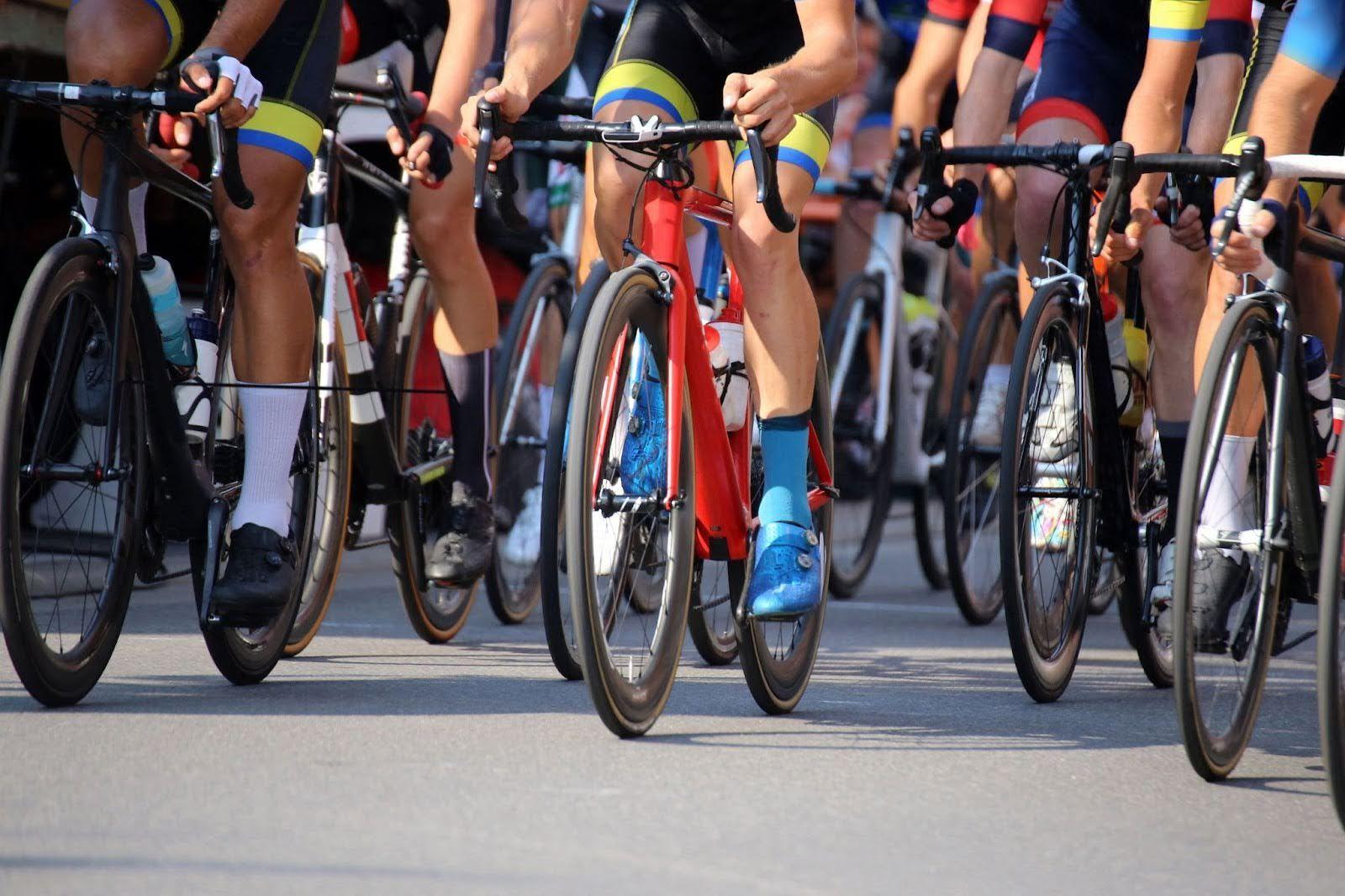For many cycling fans and passionate riders worldwide, the Spring Classics are the highlight of the early-season calendar, kicking off the year’s racing from February to late April. They set the stage for the Grand Tours like the Giro and Tour de France, but in contrast to multi-stage racing, these are high-stakes, single-day battles. Cobbles, gravel, treacherous weather, and punishing distances stand between riders and glory, demanding not just strength but strategy, adaptability, and sheer willpower.
But the Spring Classics aren’t just about survival of the fittest—they’re a chess game on two wheels, where the smartest riders make split-second decisions to seize opportunities and mitigate disasters. These races carry immense prestige, giving fans a front-row seat to dramatic showdowns, tactical masterclasses, and emotional victories. They’re a battlefield where cycling’s most prominent heroes and teams fight a war of sweat, grit, and determination, all for a shot at legendary status.

Below is a list of the most notable Spring Classics scheduled for 2025, along with a brief overview of their dates and locations. You can ride segments from these routes on ROUVY!
The Schedule for the Spring Classics in 2025
March
- Strade Bianche (March 8, 2025 - Italy) - Due to its prestige, this race is often called the "sixth Monument." It is famous for its white gravel roads and punchy climbs through Tuscany.
Mid to Late March
Milan-San Remo (March 22, 2025 - Italy) - The race is the first Monument of the season and the longest one-day race in professional cycling. It covers nearly 300km and is often decided in the final kilometres on the Poggio climb.
E3 Saxo Classic (March 28, 2025 - Belgium) - This race is like a mini-Tour of Flanders, featuring cobbled climbs and a route that serves as a key preparation race for the Ronde.
Gent-Wevelgem (March 30, 2025 - Belgium) - A mix of cobbles, climbs, and wind-exposed roads, including the steep Kemmelberg, but strong sprinters often win it.
April - The Cobbled & Ardennes Classics
Dwars Door Vlaanderen (April 2, 2025 - Belgium) - A fast and unpredictable race with cobbled climbs, often serving as a final test before the Tour of Flanders.
Tour of Flanders (April 6, 2025 - Belgium) - It is one of the most revered monuments, featuring iconic cobbled climbs like the Oude Kwaremont and Paterberg.
Paris-Roubaix (April 13, 2025 - France) - Known as the "Hell of the North," this brutal race is defined by its long cobbled sectors and finishes in the historic Roubaix velodrome.
Amstel Gold Race (April 20, 2025 - Netherlands) - The first of the Ardennes Classics, with short, sharp climbs and constant twists and turns through the Limburg region.
La Flèche Wallonne (April 23, 2025 - Belgium) - Famous for its uphill sprint finish on the Mur de Huy, where explosive climbers thrive.
Liège–Bastogne–Liège (April 27, 2025 - Belgium) - The oldest Monument, known as "La Doyenne," features relentless climbs through the Ardennes, making it a grueling test of endurance.
Below, you can dig into more details about the most popular Spring Classics races of the season.
Strade Bianche, a traditional and Classic race over the white and dusty Tuscan hills
Although not officially a Spring Classic race in early March, the Strade Bianche is a newer one-day Tour race over rolling and typical hilly gravel roads through beautiful Tuscany ending on a 16% climb in the old town, finishing on the Piazza del Campo in Siena. The pros race over 80km of the 213 km in the 2025 edition on rough gravel roads called sectors, usually in gusty conditions in the open countryside exposed to the wind. On ROUVY, you can enjoy a variety of route segments from Strade Bianche in the beautiful Tuscan countryside.
Earlier, in 2007, the race was held in October, inspired by the L'Eroica vintage bike event, a throwback to the old days of racing with vintage bicycles ridden over these rough, gravel roads around the Siena countryside.
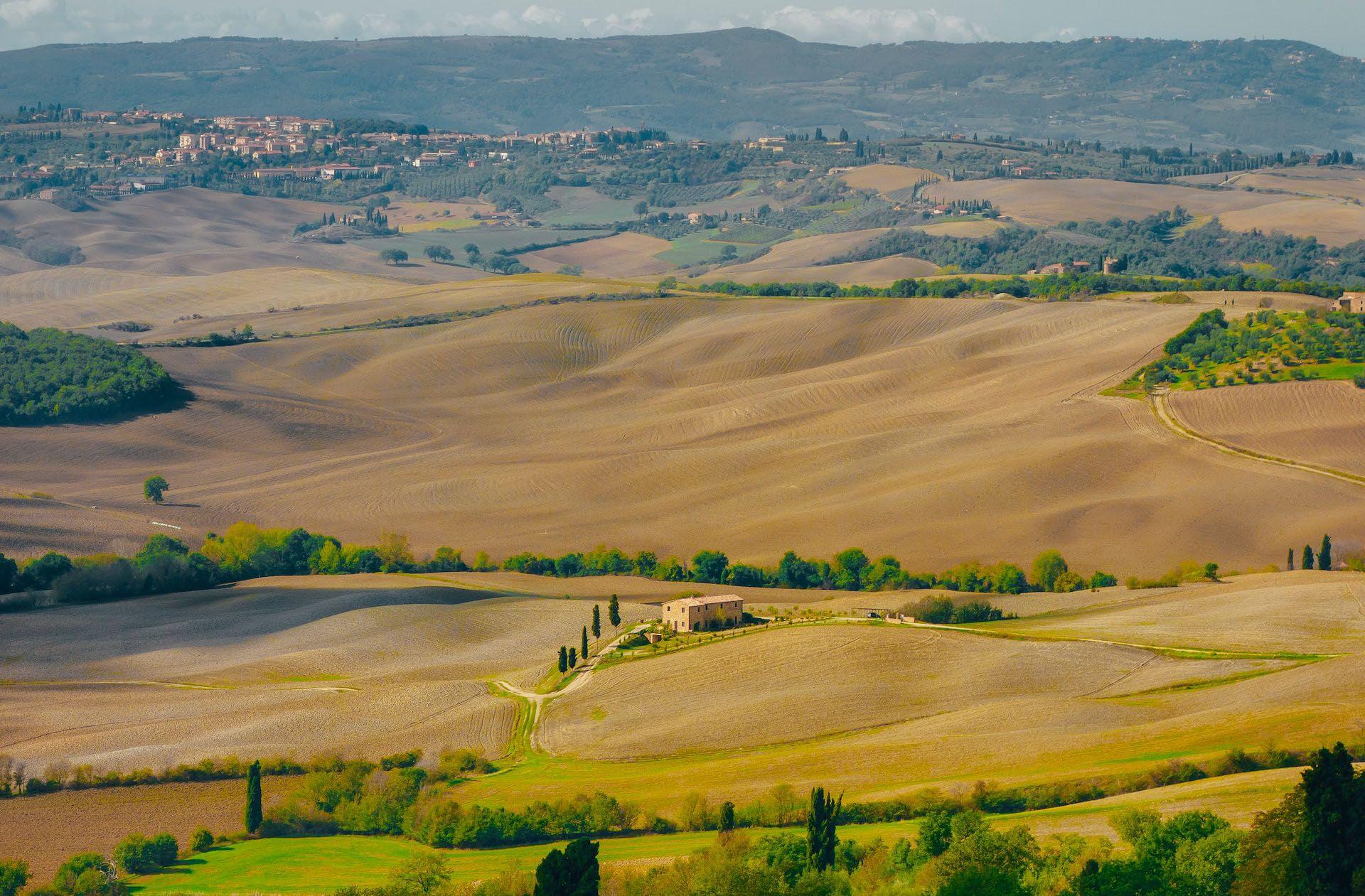
Those same tricky gravel roads and short and sharp climbs now present the battlegrounds for attacks, where technical cycle-cross skills are an advantage. In the climbs, it is easy to lose traction on the back wheel while climbing out of the saddle, so staying seated is the best way to get over the hills using a high cadence. For that reason, wider tires of around 28 mm are the tires of choice, with lower pressure for better rolling resistance. Those with the best bike-handling skills, strength, and early-season fitness will have an advantage.
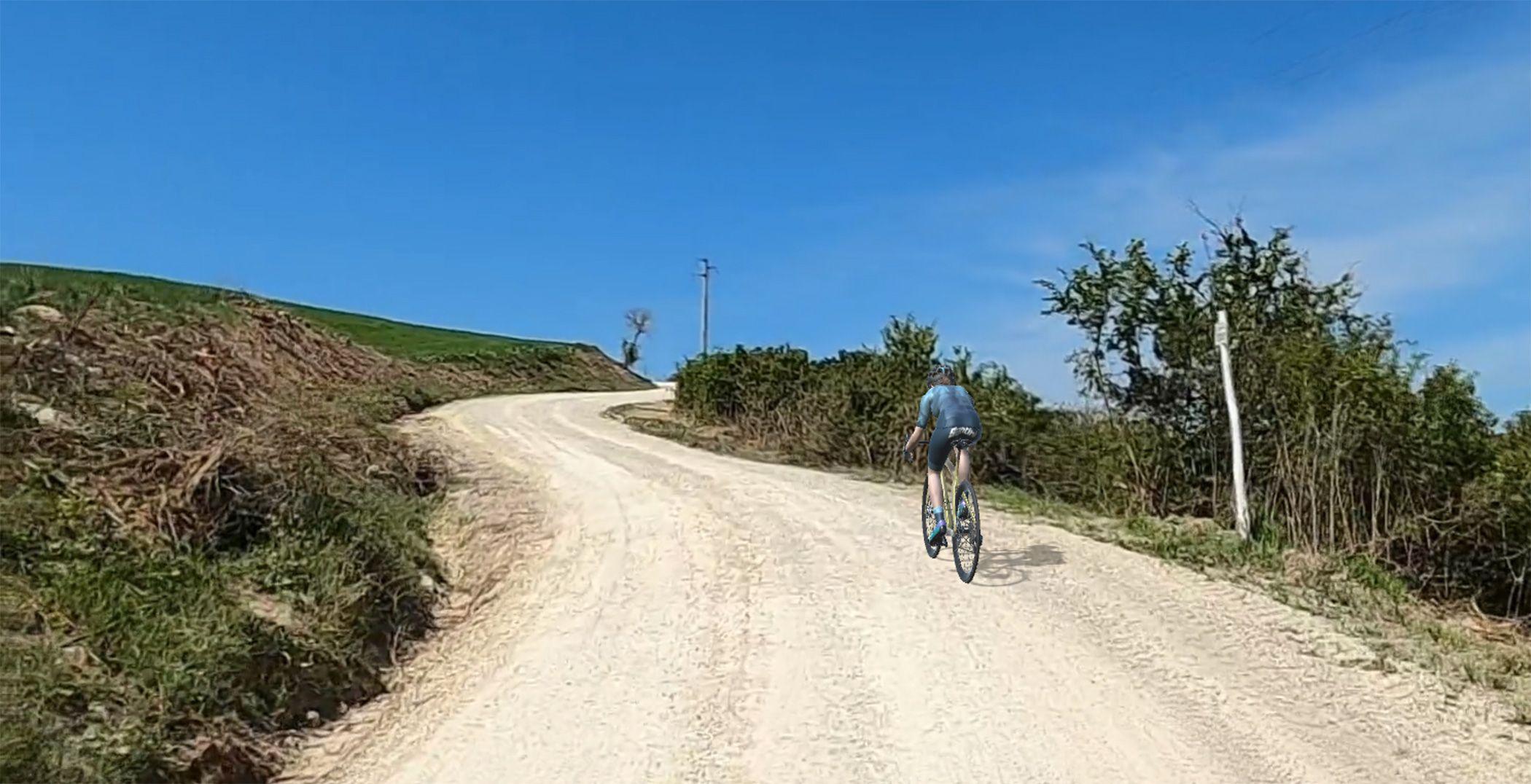
Milan-San Remo, the longest race and first of the Monuments
Milan-San Remo, in Italian Milano-Sanremo, known as "La Primavera," is the longest and one of the most unpredictable one-day races in professional cycling, stretching nearly 300 km from Milan to the Ligurian coast. Unlike the brutally hilly Monuments like Liège-Bastogne-Liège or the cobbled chaos of Paris-Roubaix, Milan-San Remo lulls riders into a deceptive rhythm with hours of relatively flat terrain before detonating in the final 30 kilometers. The race’s defining moments always come on the final two climbs—the Cipressa (5.6 km at 4.1%) and the Poggio (3.7 km at 3.7%), where positioning and timing are everything. The Poggio, in particular, isn’t steep by pro standards, but after 280 km in the legs, even a tiny acceleration can decide the race. From its summit, just 5.5 km of twisting, high-speed descent remain before the flat run-in to San Remo, where attacks and sprints unfold in heart-stopping fashion.
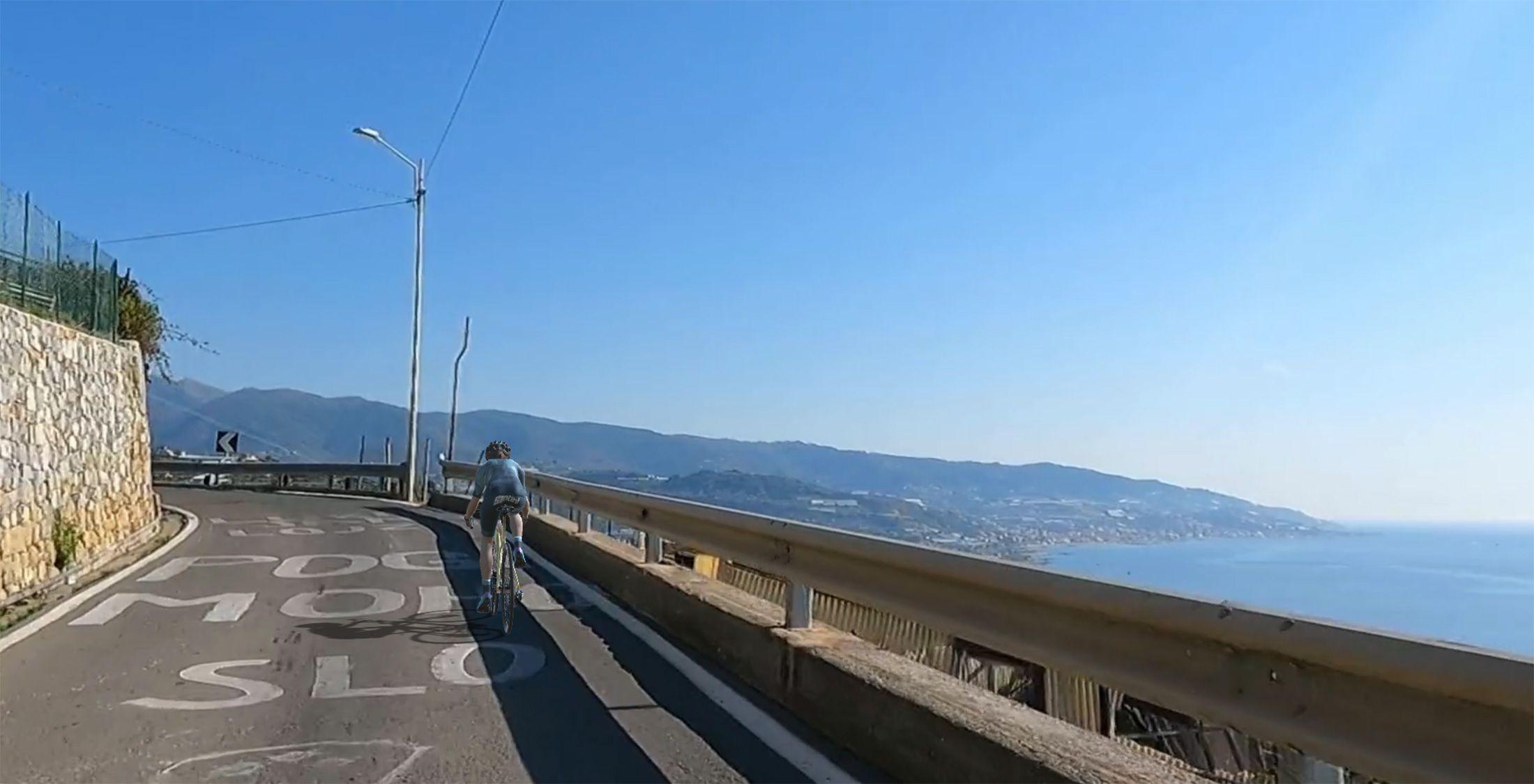
One of the most legendary comebacks in the race’s history came in 1992, when Irishman Sean Kelly, at 35 years old, seemed out of contention as Italian Moreno Argentin attacked on the Poggio. But Kelly, one of the greatest descenders in cycling history, threw caution to the wind and plunged down the Poggio at breathtaking speed, leaning into the corners with almost reckless precision. His fearless descent allowed him to catch Argentin in the final kilometer and outsprint him to the line—an absolute masterclass in tactical racing. More recently, in 2018, Vincenzo Nibali pulled off a stunning solo win, attacking near the top of the Poggio and holding off a frenzied chase from the sprinters on the descent and final flat run-in, proving that Milan-San Remo can still be conquered with bold, long-range moves.
The Tour of Flanders: A Test of Tenacity on Cobbled Climbs
The Tour of Flanders (De Ronde) is one of the most challenging and most revered races in cycling, known for its narrow, winding roads and vicious cobbled climbs that push riders to their absolute limits. Among these, the Koppenberg stands out as a true nightmare—an old, rutted farm road that rises at a staggering 22% gradient. The uneven, slippery cobblestones make it nearly impossible to maintain traction. In wet conditions, even the strongest riders are forced to dismount and scramble up on foot, pushing their bikes as the crowd roars just inches away.
One of the most iconic moments happened in 2010, when Fabian Cancellara dropped Tom Boonen on the Muur van Geraardsbergen with a single, monstrous acceleration—so powerful that Boonen didn’t even try to follow. That attack became known as the “motorbike move” and sealed Cancellara’s dominance as a Classics legend!

Characteristics of the main climbs:
Koppenberg: Probably the hardest of all! It is 600m long with a gradient averaging 10% and with a maximum gradient of 22%.
- Watch how the guys at GCN manage the Koppenberg
- Watch GCN's take on the cobbles
Oude Kwaremont - 2,6 km 3,5% average gradient 1600m in length max 11% Muur van Geraadsbergen is the centrepiece. Legendary battles conquered this very narrow and steep climb, known as Kapelmuur, Muur-Kapelmuur, or the Muur. It is usually the eighth climb on the route and is approximately 95 km from the finish. The road starts wide and then narrows to the width of a car. The central part of the climb is 75 m long, with an average gradient of 9% to a maximum of 20%. The gradient eventually decreases slightly to reach the most famous cycling location, the Kapel or Chapel.
The Paterberg - the final climb after Oude Kwaremont - is 360m in length with an average of 13%.
Paris-Roubaix: Fight for survival on the flat cobbles
Paris-Roubaix, or Hell of the North, also known as Queen of the Classics, is the third monument of the cycling Spring Classics season and is one of the most legendary, taking place in early April. The course takes the riders over numerous gruelling pavé or cobblestone sections or 'sectors' varying in difficulty and length, making their way to Roubaix in the north of France, near the border of Belgium.
The first 100 km are paved roads, followed by the first of the many cobbled sectors, which have five-star rankings and open up to the riders with kilometres of notorious bone- and teeth-rattling cobblestone and narrow roads. The winner has a mind-boggling speed of 45 km/h over this brutal terrain.

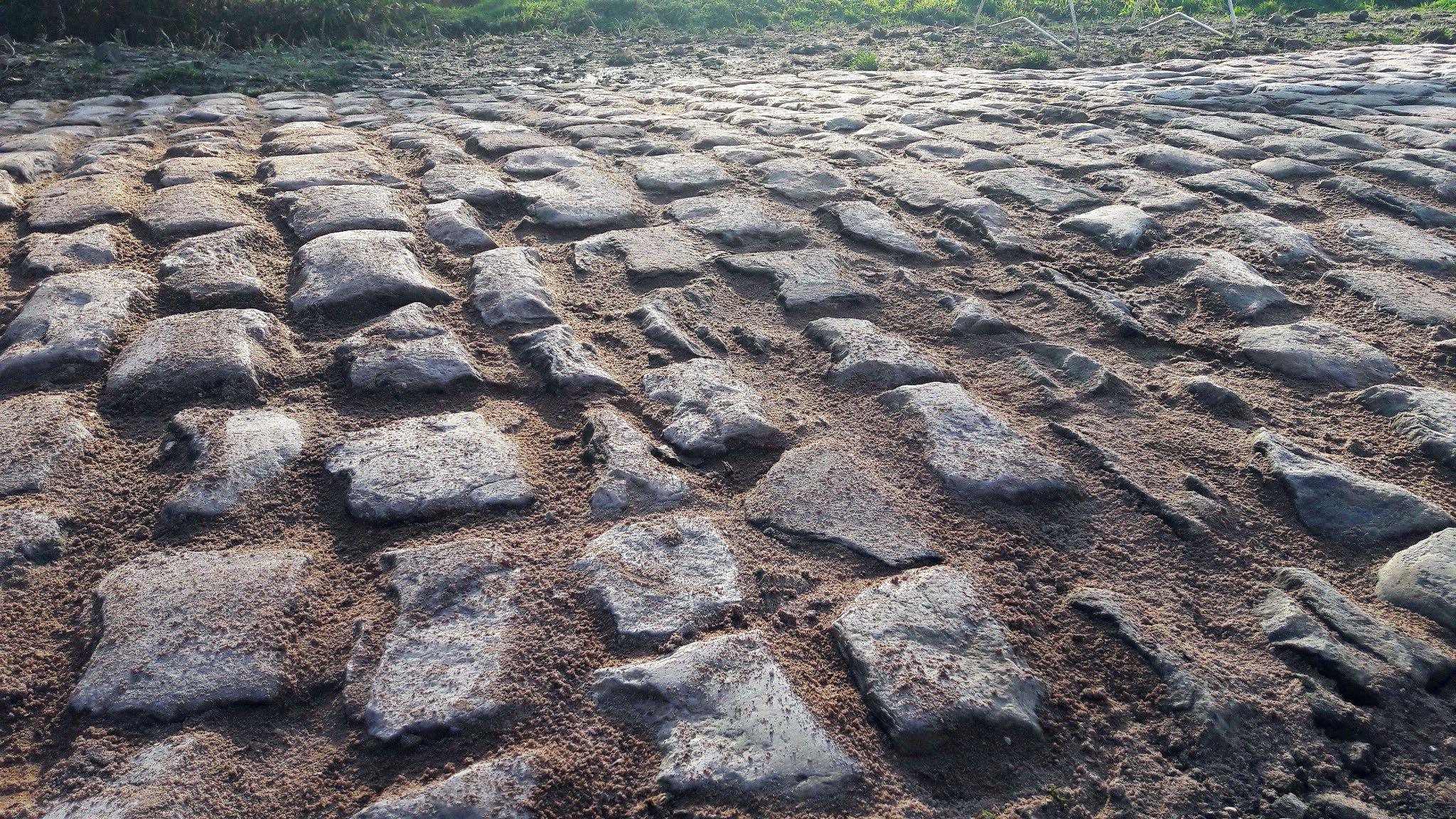
The race runs in a mix of organised chaos and drama: punctures, broken wheels, snapped saddles and seat posts, bicycles snapping in half, riders getting thrown off their bikes by spectators in the way, cobbles coming loose out the ground, riders bunny-hopping their bikes over and around ruts and ditches, riders running instead of cycling, riders missing corners, getting stuck, taking each other down in mass pile-ups causing jammed roads - pure chaos that is known as the Sunday in Hell for the riders but guaranteed entertainment for the crowds.
The race ends with a one-and-a-half lapped circuit around the Velodrome André Pétrieux, which makes for an edge-of-your-seat moment if there is a sprint finish.
The Amstel and the Cauberg go together hand-in-hand
Amstel Gold Race is unique among the Spring Classics because it zigzags relentlessly through the Limburg region of the Netherlands, packing over 30 short, punchy climbs into a relatively short distance. This constant twisting and turning make positioning and tactics crucial.
One of the wildest moments came in 2019 when Mathieu van der Poel led a frantic chase in the final kilometers, closed a massive gap, and then still had the power to outsprint everyone—one of the most jaw-dropping comeback victories in cycling history!

Notably, the race culminates with the iconic Cauberg, a short yet pivotal ascent near the finish line in Valkenburg. Its inclusion often proves decisive, and the Cauberg has become a symbol of the Amstel Gold Race's tactical and unpredictable nature.
Flèche Wallonne, evil climbs in a fairytale setting
Flèche Wallonne is famous for its brutal finish on the Mur de Huy. This 1.3 km climb has an average gradient of 9.6%, with sections reaching a staggering 26%. It’s so steep and decisive that the race is often won in the final metres.
Unlike other Spring Classics, which favour long-range solo attacks, Flèche Wallonne is a puncheur’s race, where explosive climbers time their effort perfectly to surge ahead in the final moments. Alejandro Valverde mastered this, winning a record five times in a row (2014–2018)!
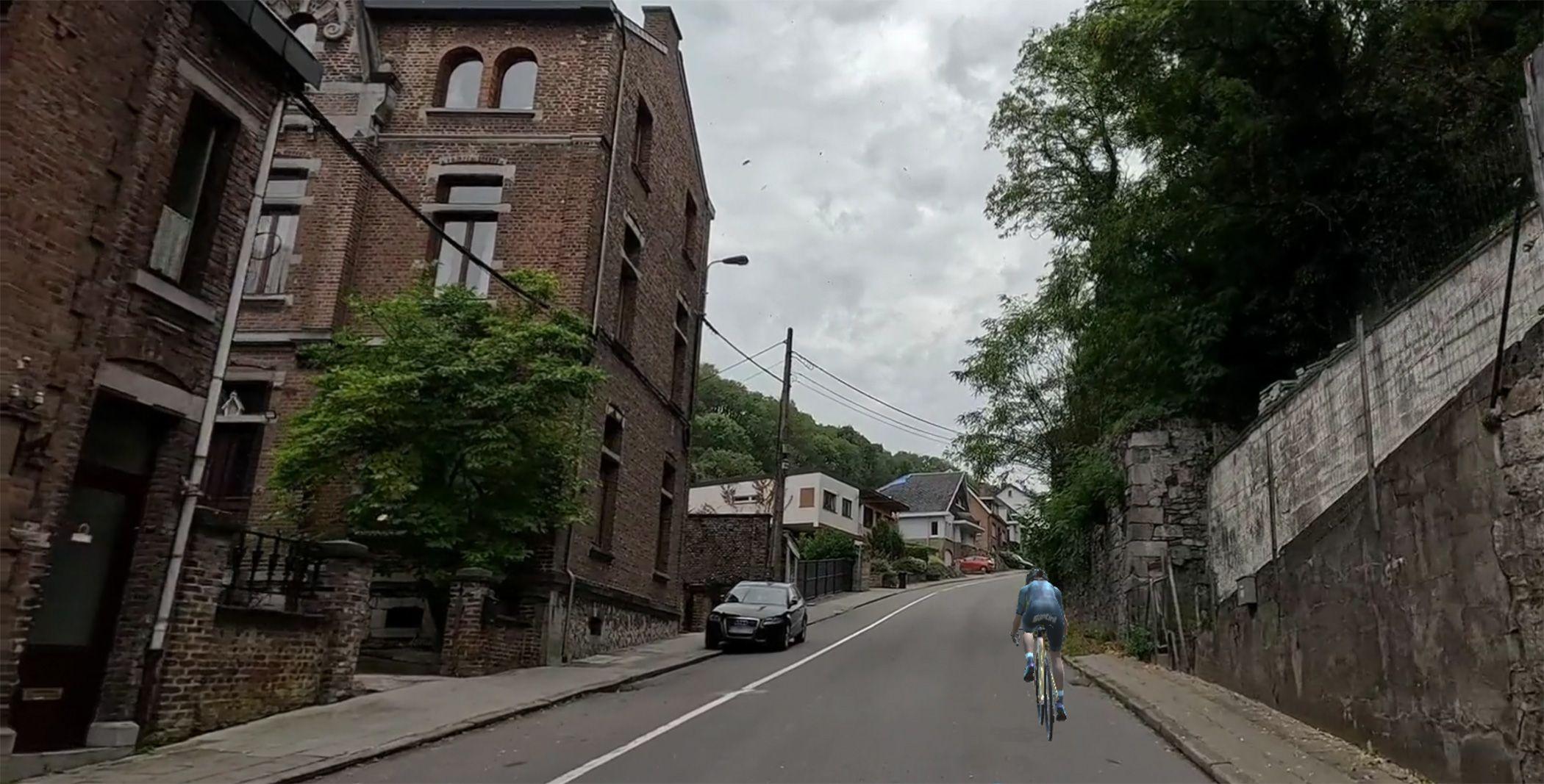
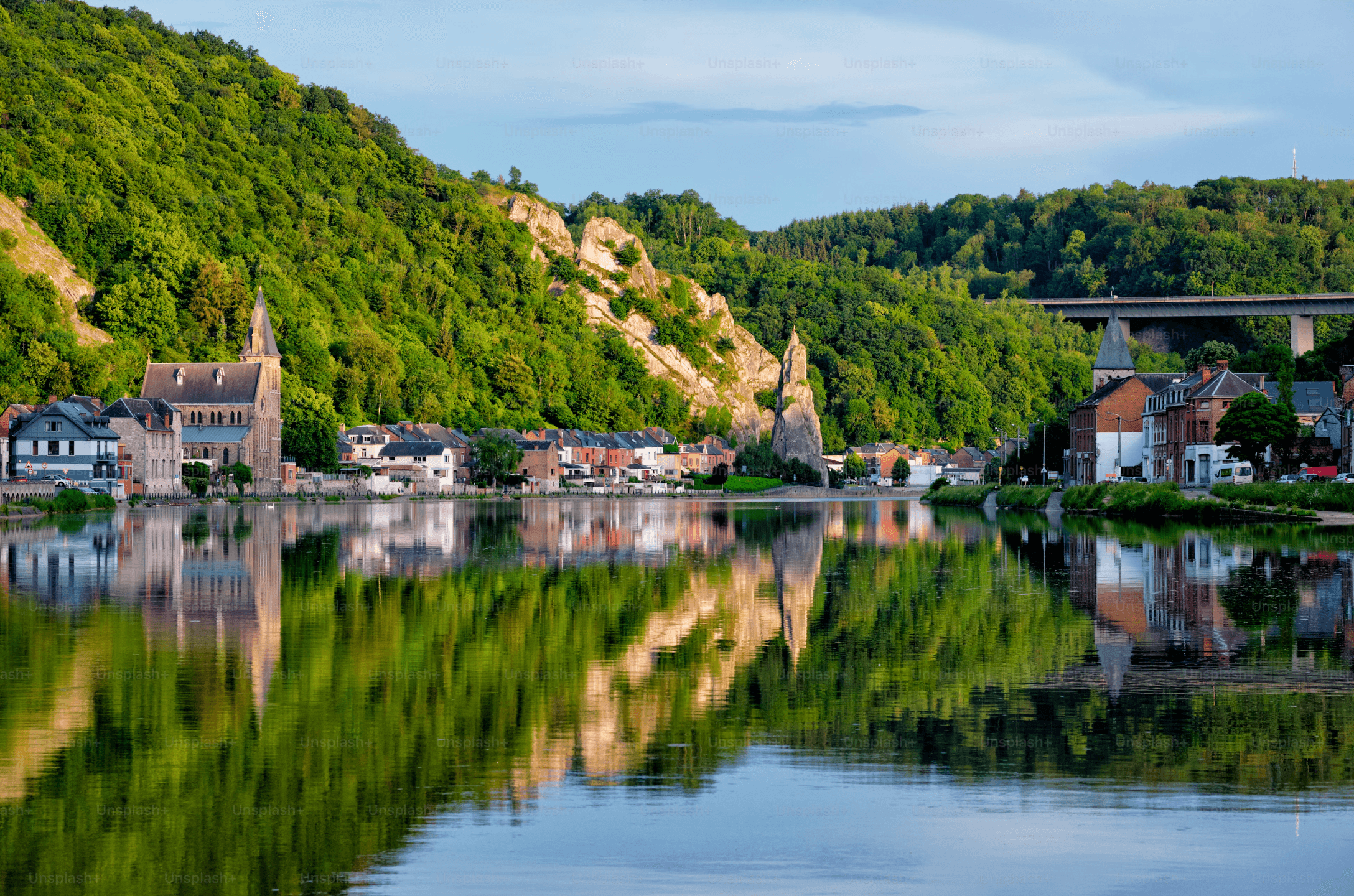
Liege-Bastogne-Liege, the old lady of Spring
Liège-Bastogne-Liège is the oldest of the Monuments. It is nicknamed "La Doyenne" (The Old Lady) and has been raced since 1892. What makes it genuinely legendary is its brutal succession of steep Ardennes climbs, which sap the legs and reward only the strongest.
One of the most iconic moments came in 1980, when Bernard Hinault won despite a blizzard. Only 21 out of 174 riders finished, and his hands were so frozen that he lost feeling in two fingers—for life!
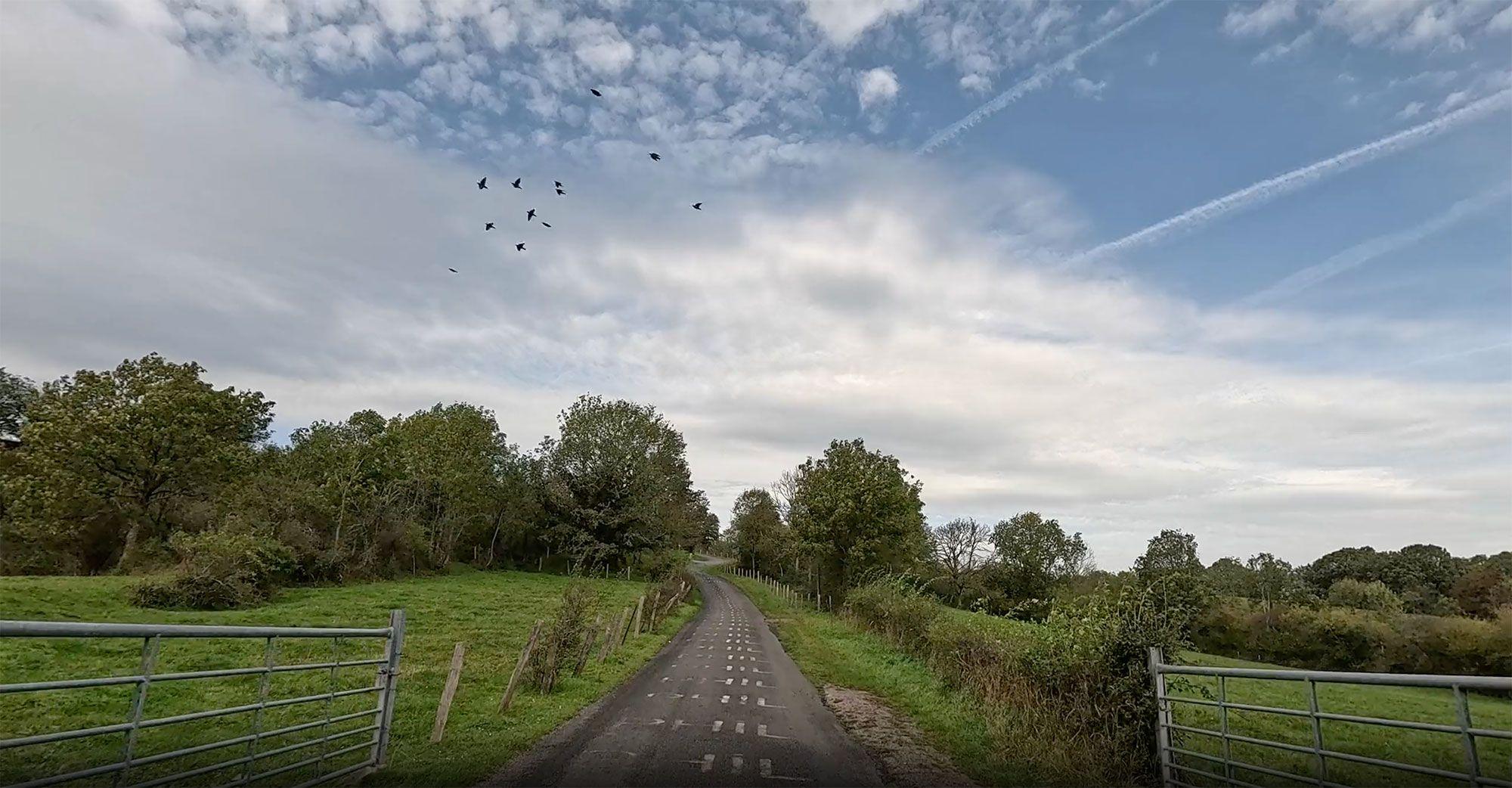
Spring into action on ROUVY and take part in the exciting events!
Kickstart the new season with the joy of the Spring Classics Spotlight with most famous races, and while riding, think of the triumph, grit, and history sealed into the stones and the gravel on the routes that you ride along. Ride short segments from home on your trainer and get inspired and motivated, enjoy the atmosphere, and share some of the experience in your own time, space, and pace. After the ride, you can reward yourself as you relax, put your feet up, and watch the pros race virtually on the same roads you have ridden.
